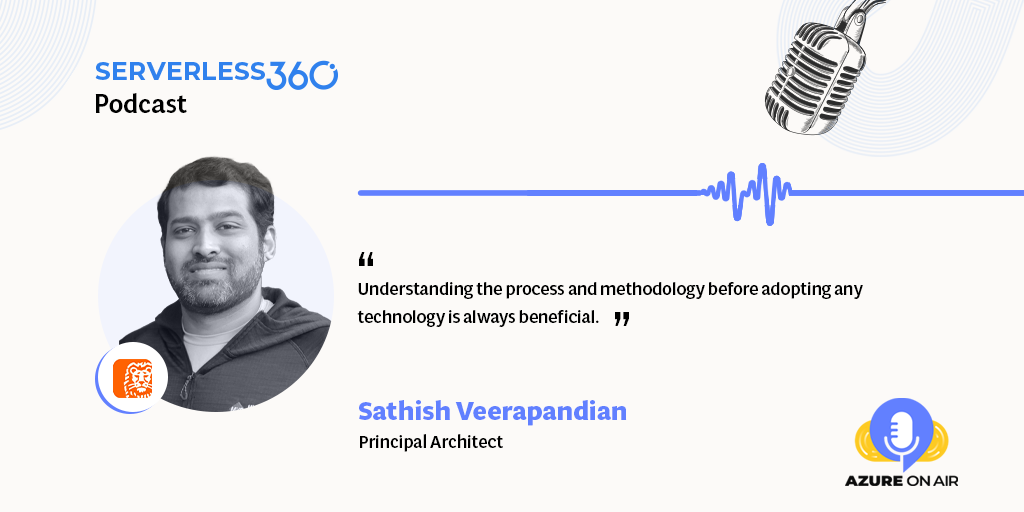The Azure Automation Series
Key Takeaways
Sathish Veerapandian is a certified Microsoft Infrastructure/Cloud Architect with 15 years of proven experience in Planning, Design, Execution, Integration, Operations, and IT Management. Over time he has developed complete IT Implementation skills on Microsoft Infrastructure/Cloud projects within Multinational, Government, Construction, Leisure & Entertainment, Automobile & Financial Industries. Considering his contribution to the community, Sathish has also been awarded as a Microsoft MVP holder.
What is Azure Automation?
In the Microsoft stack, we have many options that can be automated. With the Azure Automation accounts, we can completely manage business-critical automation activities from Microsoft Azure. It is also possible to monitor the status and track them. That’s one of the main benefits of utilizing Azure automation for managing your updates for the VMs running in Azure and your machines running in your data center.
Update Management
Update Management mechanism helps for any ongoing attention and the ever-evolving nature of the technology. Technology is improving daily; parallelly, we also see many security breaches. To mitigate all the scenarios, as an admin, it is necessary to ensure the environment is fully updated. Updating will keep the environment covered by preventing all kinds of attacks. The complicated work of tracking and deploying the software updates to the machines in Azure and your data center could be effectively managed with this kind of benefit, which is coming in Azure. Creating an automation account is a matter of a few hours, and then making a strategy and plan and defining it for the IT team makes it very simple to preserve the operational effectiveness, address security concerns and avoid the dangers of growing cybersecurity threats. An efficient Software Update Management procedure will be perfectly handled with this method.
Configuration Management
Three capabilities support Configuration Management in Azure Automation,
- Inventory
- Track Changes
- Configure desired state
Change Tracking and Inventory combine functions to allow you to track Linux and Windows virtual machine and server infrastructure changes. The service supports change tracking across services, software, registry, and files in your environment to help you diagnose unwanted changes and raise alerts. Inventory support allows you to query in-guest resources for visibility into installed applications and other configuration items.
Desired State Configuration provides a set of PowerShell language, extension commands, and also a process called declarative scripting. This Desired State Configuration uses a VM agent framework, which is used to deliver and report the configuration of your VM or a server that is running a data center.


